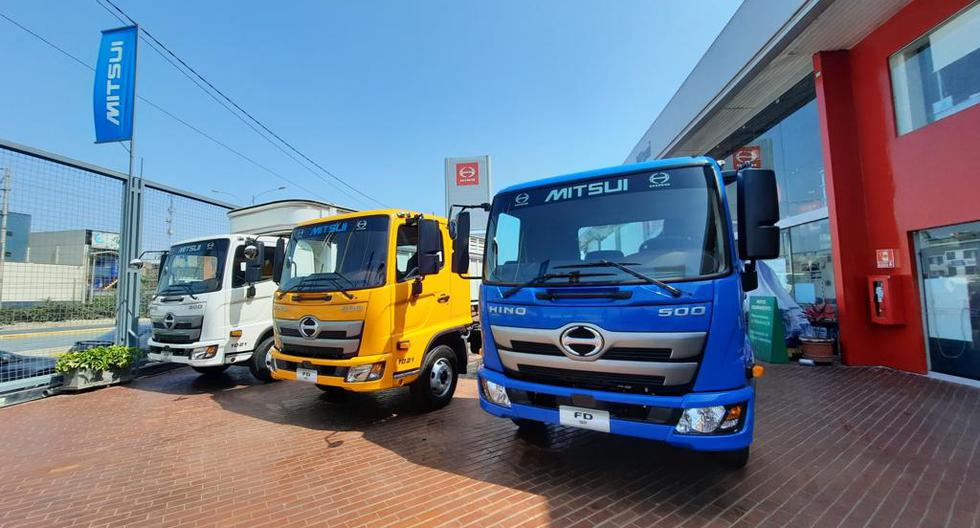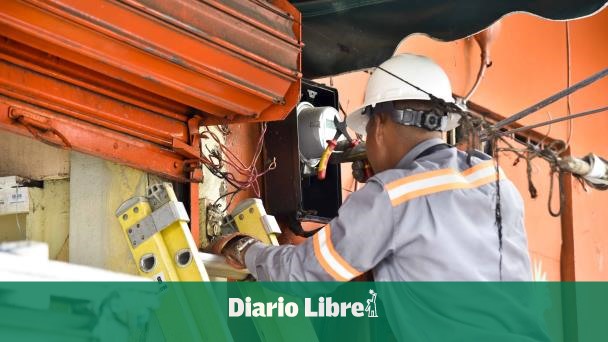Ground transportation is essential for the economysince sectors such as mining, agribusiness, mass consumption, construction, among others, are mobilized, generating a significant number of jobs and distributing needed goods. However, companies that operate heavy-duty trucks do not have an easy task, because they are constantly in search of profitability and efficiency, trying to avoid cost overruns logistics.
Fuel is the highest cost when operating a fleet, and good control and management of the consumption of this resource is essential for its operators, since good management of it can benefit the company’s results.
Due to the variation in fuel prices, thousands of companies seek to improve the efficiency of this resource in their truck fleets. For this reason, Ricardo Arnaiz Figueroa, Manager of the Hino truck and bus division at Mitsui Automotive, provides recommendations to achieve this:
LOOK: Sustainable Mobility: Four daily practices that help conserve the planet
- Constant training: It is important to provide training to truck drivers, because the way of driving them, in addition to correctly operating the auxiliary brake, plays a fundamental role in efficient fuel consumption, sudden accelerations and even not knowing the technical specifications of the engine can be responsible for the excessive consumption of this resource. For this reason, MITSUI, through its Total Support and the ECO DRIVE program, provides economical and ecological driving training, with the aim of generating optimal operator performance with its HINO unit. Part of the objective of these training sessions is to eliminate component failure due to misoperation.
- Up-to-date maintenance: One of the best techniques for saving fuel is to keep the truck in good condition. The best way to achieve this is by complying with the preventive maintenance program and performing corrective maintenance in a timely manner. Thanks to this, not only can fuel be saved, but the unit’s operating time will also be improved, obtaining greater availability in hours for operation. In addition, unscheduled stops due to failures not reviewed on time can be avoided, avoiding cost overruns. It is recommended to carry out maintenance at an authorized dealer of the brand with original spare parts and trained personnel.
- Elimination of unnecessary idle: Idling is understood as the time the truck is stopped with the engine running unnecessarily. When the heavy-duty truck is idling, it translates to fuel consumption and can even reduce the life of the engine in some cases. Therefore, it is ideal to eliminate excessive idling during the time the truck is stopped.
- tire pressure: Rolling resistance is one of the main factors that contributes to fuel consumption, therefore, it is recommended to have tires with adequate pressure according to the technical specification of the tire, because if they have lower pressure, the resistance of the tire will increase. tire when rolling and as a consequence fuel consumption and braking deficiency will increase, leading to unnecessary and irregular tire consumption.
- Secure supplies: Contaminated fuel is one of the most serious problems that drivers face, it is recommended to fill up at a trusted service station, because the use of this type of fuel will cause failures in the fuel system and the unit could lose power due to poor combustion; it can even cause severe damage to the unit.
- Installation of air deflector (windbreak): For long trips or on highways, it is advisable to install a deflector on the cabin, as it will help reduce air resistance. An excellent opportunity when buying a HINO truck at Mitsui Automotive is that the purchase includes a windbreak and free installation.
- Load distribution: The weight your truck carries affects fuel consumption. For this reason, before starting the travel route, the load must be distributed from the front to the rear of the bodywork, as this will achieve greater efficiency in braking and transfer. In many cases, if the load is placed only in the final part of the vehicle, the engine will work harder to break inertia and this will generate an increase in fuel consumption during the transfer.








